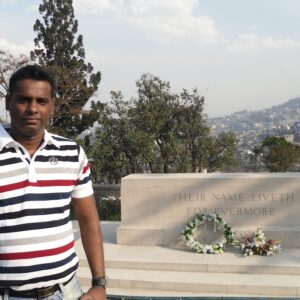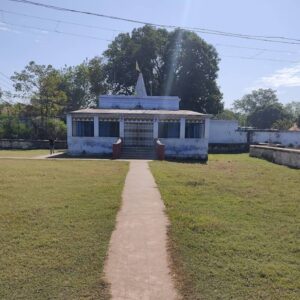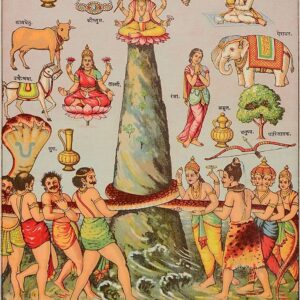The location on which the city of Dinpanah was established by ‘Humayun’ the second emperor of the Mughal Dynasty is said to have been consistently inhabited since 1000 B.C. So when Emperor Humayun decided to built his capital city here it was not much of a surprise despite the fact that, the locations of Dinpanah was completely different as compared to the locations of most of the capital cities of Delhi built earlier.
A look through the Archaeological Museum located inside the fort will reveal you how rich this place was in terms of artifacts which were discovered by archaeologists during excavations conducted by them in 1955 and again from 1969 to 1973.
History
The second Mughal Emperor Humayun in the year 1533 A.D. founded the city of Dinpanah (Refuge of the Pious). This he did after holding consultations with various learned men and various scholars. The city was also located in very close proximity to the shrine of Delhi`s most revered saint, Nizam ud Din Auliya. The belief of local Hindu populace that the mythological city of Indraprastha existed on that very spot also could have contributed to the decision to build the city where it was made.
Today only the inner citadel of this city which is popularly known as Purana Qila stands. There were a number of villages in and around the citadel like the villages of Indrapat(located in the fort itself), Raisina and Malcha (located where Lutyens Delhi stands today) which were uprooted by the Britishers during the construction of New Delhi in 1913 A.D.
When emperor Humayun lost the throne of Dinpanah (Delhi) and Sher Shah Suri took over, he brought down the portions of the city constructed by Humayun and rebuilt it himself, and re-named the city as Shergarh.
Architecture
Its high walls of rubble masonry with a slight batter, 4 m. thick and as much as 21 m. high in places, have a battlemented parapet above the row of arrow-slits, behind which all along the circumference are built a series of chambers in a two-aisle depth. There are massive bastions on the four corners, in addition to five bastions in the western wall, and three gates, all double-storeyed, one on each side except on the east. The gates have a veneer of red and buff sandstones, with an ornamental use of white and black marble and coloured tiles.
The three main gates of the fort were Bara Darwaza, (Big Gate) facing west, which is still in use today, The South Gate, popularly known as the Humayun Gate (either because it was constructed by Humayun, or because Humayun’s Tomb is visible from there) and the Talaqi Gate, often known as the “forbidden gate”.
Despite the immense exterior, few of interior structures have survived except the Qila i Kuhna Mosque and the Sher Mandal, both of which were said to be constructed Sher Shah Suri.


















Reviews
There are no reviews yet